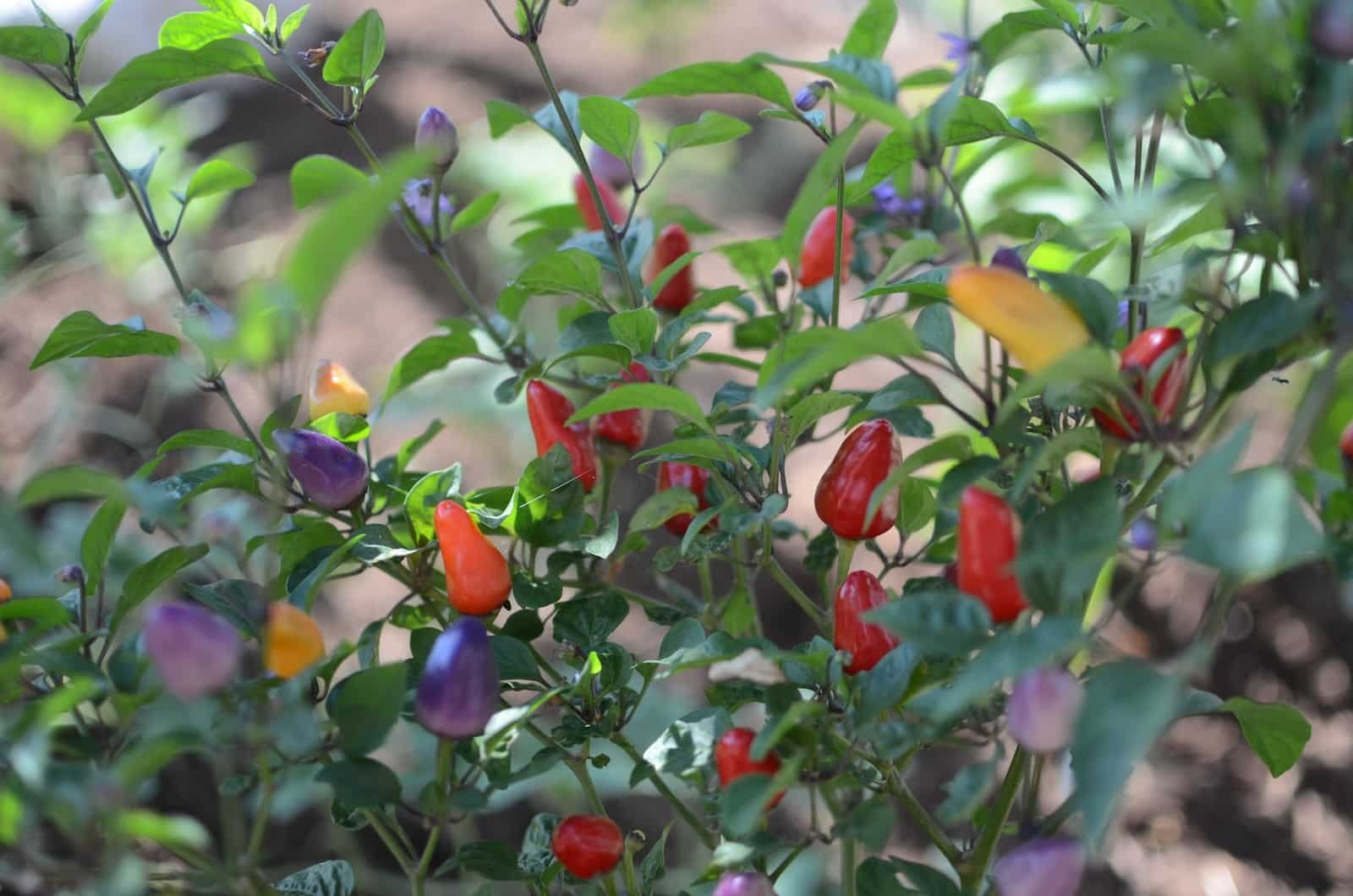These vibrant little gems add a pop of color to our flower beds and centerpieces, but when your curious little one reaches for a handful or you ponder adding some zest to your dinner, it’s crucial to know whether they’re just eye candy or a potential culinary delight.
Before we dive in, let’s remember that food safety isn’t just about what we eat, but also about making sure what we eat won’t eat us back, so to speak! So, let’s get to the bottom of the ornamental pepper puzzle.
Ornamental peppers are part of the Capsicum annuum species, which includes both the peppers we commonly eat and varieties grown for their visual appeal. These plants have been specifically bred for their aesthetic qualities – think bright colors, unique shapes, and bushy growth patterns. They’re a popular choice for garden decoration and are sometimes used in crafts or as natural festive ornaments.
Now, here’s the burning question (possibly literally): Can you eat them? The short answer is yes, you can eat ornamental peppers. They are not toxic, and they are, in fact, from the same family as the peppers we regularly enjoy in our salsas and salads. However, they are called “ornamental” for a reason. They’re bred for their looks, not their taste, which means they can range from bland and bitter to unexpectedly, perhaps even unpleasantly, spicy.
The Centers for Disease Control and Prevention (CDC) and the Food and Drug Administration (FDA) don’t specifically address ornamental peppers, but they do emphasize safe handling of all produce. It’s important to wash all fruits and vegetables thoroughly to remove potential pesticides, dirt, and bacteria before consuming.
If you’re a chili aficionado, you might know about the Scoville scale, which measures the spiciness of peppers. Some ornamental peppers can be surprisingly hot, potentially even hotter than the jalapeños and habaneros we’re used to. If you or your family members are sensitive to spicy foods, it would be wise to approach these peppers with caution.
As mentioned earlier, ornamental peppers aren’t bred for flavor. They might not add the desired taste to your culinary creations and could overpower a dish with sheer heat or a bitter undertone.
Peppers grown for ornamental purposes might be treated with pesticides and chemicals not approved for food crops. If you’re considering eating a pepper from a plant that wasn’t specifically labeled as edible, you should be cautious about potential chemical exposure.
Just like with any new food, there’s a chance of an allergic reaction. While it’s rare with peppers, it’s still a possibility, especially if you’ve never consumed this type of pepper before.
If you’re set on adding some edible flair to your garden, consider growing ornamental peppers that are known to be tasty as well as beautiful. Here are a few tips:
If you’ve made sure your ornamental peppers are safe to eat, here’s how to prepare them:


